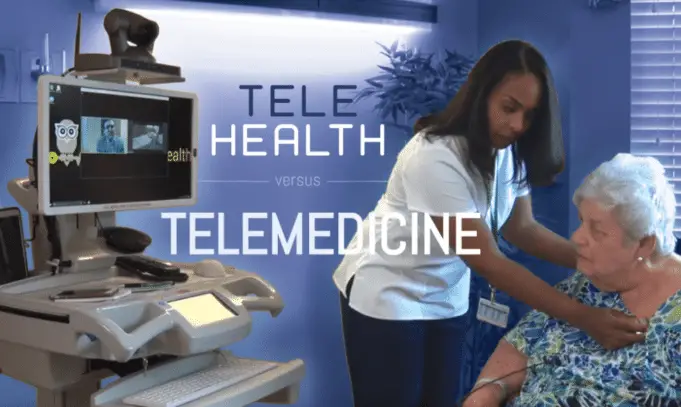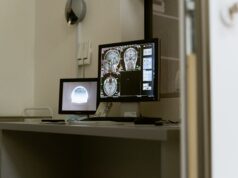Chances are if you have had to visit a doctor recently you have had the option to do so remotely. Doctors are trying to limit their own exposure to COVID-19 while also keeping patients as safe as possible, and all of this has been made possible with the help of telehealth technology.
There have been major advances in telehealth in recent years, which has really helped those who are high risk throughout this pandemic.
Telehealth Versus Telemedicine
Often you will hear the terms telehealth and telemedicine used interchangeably, but they both have different meanings.
Telehealth encompasses multiple different practices, one of which is telemedicine, but those practices also include things like remote patient education, remote hospital staff meetings, monitoring of patient data remotely, and more.
Telemedicine, on the other hand, is a remote visit between a healthcare provider and a patient. This can be a number of different things, from a visit through a telemedicine app to a visit in a clinic with a provider who is far away.
There are advantages to both types of telemedicine visits. During the pandemic especially, remotely checking in with your doctor for things like regular medication checks can easily be done remotely with little concern about errors.
Post-pandemic this type of visit can help those with mobility issues or those who live in rural and remote areas seek medical care without having to travel long distances.
For telemedicine visits at a healthcare center, the advantages are even greater. Telemedicine carts have sophisticated tools that can be used by a skilled nurse or technician to give a doctor or specialist far away an accurate idea of your health presentation.
This type of technology can be used to give more people access to specialists, improving medical care especially for those with rare or unusual conditions or presentations.
Provider Adoption Is Still Low
Despite the fact that 60% of patients are interested in utilizing telemedicine for their office visits, just 20$ of physicians plan to implement telemedicine usage. Physicians are concerned about patient privacy and safety as well as the accuracy of an assessment made when a patient is not in the same room.
In hospitals about 10% have the equipment they need to implement telemedicine on a large scale. But right now telehealth is crucial to keep healthcare flowing.
Immunocompromised and high-risk patients are putting off seeking medical treatment even in emergency situations because of the fear of contracting the novel coronavirus.
The result is that people have been dying and having serious complications because of lack of access to medical treatment. Telemedicine can help bridge that gap, if only by placing a medical provider on the other end of a call to convince them to seek in-person treatment.
In the future, telehealth and telemedicine can help physicians become more efficient in their practices while improving outcomes for patients.
Telehealth and telemedicine are a lifeline for patients in need at this critical moment in history. Learn more about the future of telehealth and telemedicine from the infographic below.













